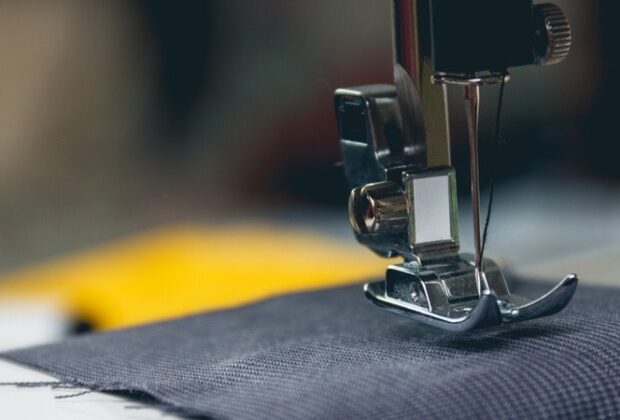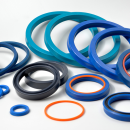Laying, marking, cutting, sewing, checking, completing, pressing, and packing are sequential processes in garment manufacturing. Natural resources are transformed into final goods through this method.
Starting with an idea or design concept, making ready-to-wear clothing or garments goes through various stages. If the preproduction stage of material preparation were not correctly carried out, it would not be easy to sustain the industry. Let’s check out the process of an apparel manufacturer.
Receiving the Fabric
Large bolts of cloth with cardboard or plastics center tubes or heaps or sacks are sent to garment companies from foreign textile producers. Forklifts are often used to remove the fabric from the containers, generally made of steel.
Relaxing the Fabric
Pre-manufacturing relaxation and contraction of the material are called “relaxing.” During the many steps of the textile production process, such as spinning, dyeing, and other final procedures, the material remains under strain. Fabrics shrink throughout the relaxing process, reducing the risk of additional shrinking during consumer usage.
The relaxing procedure is carried out either manually or automatically by garment producers. Manual fabric relaxation typically comprises placing the bolt of cloth on spinning and physically running the fabric through a piece of machinery that reduces tension inside the material as it is dragged through. This similar technique may be mechanized with the use of mechanical fabric relaxers.
To guarantee that the fabric quality matches client expectations, many clothing manufacturers will include quality assurance measures in this process. An illuminated surface is used to manually spot-check each bolt of fabric for manufacturing problems such as color inconsistencies or flaws in the material throughout this procedure. There is a return policy for fabrics that don’t meet client expectations.
Cutting
When they spread or cut into clothing, this is the primary function of the cutting room. If a cloth has already been cut, little can be done to fix significant flaws after they’ve been discovered.
The cutting room totals should be compared to the sewing room totals to ensure that the intended delivery schedule can be met and that total production can be maintained. Any issues with the fabric that arise in the cutting area might impact the final product. It’s time to take everything you’ve learned in the cutting room and apply it to your sewing room, assuming everything is perfect. Straight knife cutting devices do all of the cutting tasks.
Checking
Even if a factory’s quality control methods are flawless, there’ll always be a small proportion of clothes deemed unsuitable for sale. The production outcomes may be compared to the quality standard set for the project.
If the plans deviate, corrective action must be taken. Any system’s forecasting function should be able to identify potential deviations before they occur. Quality items will be created, the economy and productivity will be boosted, and there will be less waste.
Finally,
Packing garments or boxes in cartons sealed with sticky paper or plastic is necessary when they need to be delivered in bulk. Automated and manual devices are capable of both.









